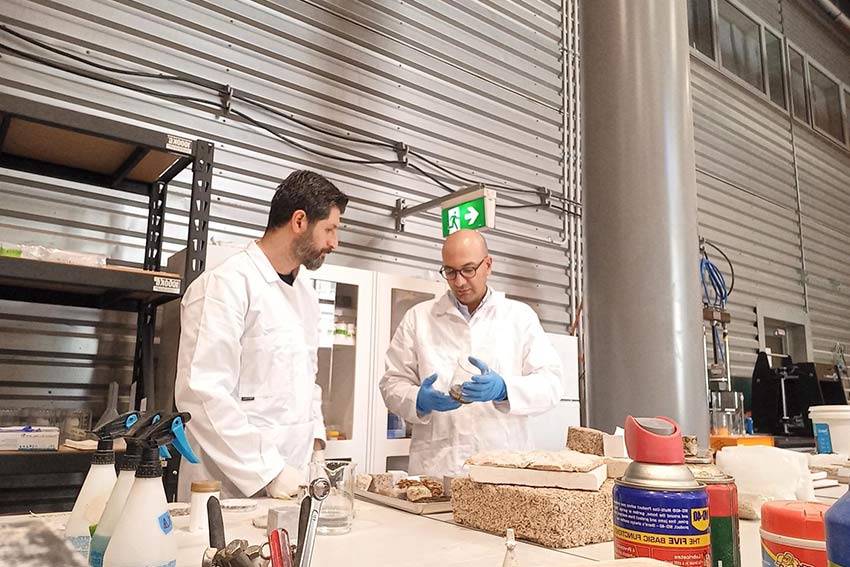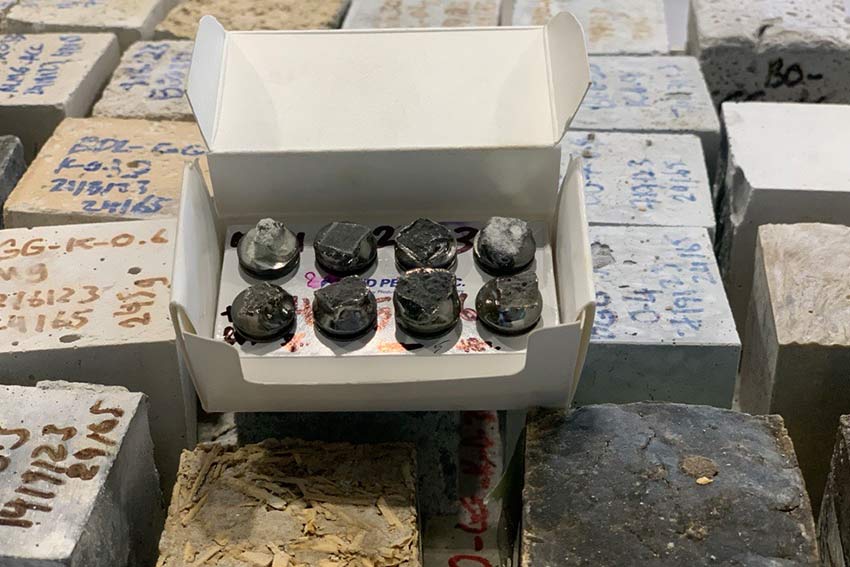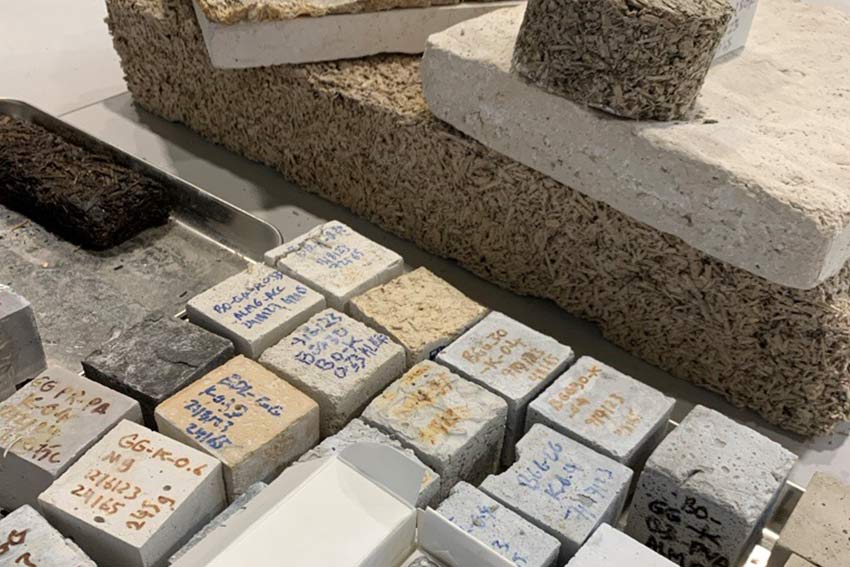Recycled glass for road construction

AUT research has identified a more sustainable way of stabilising roads in Aotearoa’s central North Island - using waste glass that would otherwise go to landfill.
Research by Dr Roohollah Kalatehjari, a senior lecturer at AUT’s School of Future Environments, and chartered engineer Dr Afshin Asadi, has found that using waste glass to stabilise pumice soils, as part of the road building process, could lower carbon dioxide emissions by up to 21 percent.
Pumice soils, which cover a large part of the volcanic central North Island, are typically light, porous, loose, easily crushed and are more susceptible to erosion than other soil types.
Because these soils can’t support heavy loads, they pose a unique challenge for roading projects in Aotearoa.
Before a road can be built, problematic soils need to be stabilised – normally in a process using lime or cement, which has a high carbon footprint.
But research by Dr Kalatehjari has found the feasibility of stabilising pumice soils using alkali-activated glass that would otherwise be sent to landfill.
He says this finding is a significant step towards developing more sustainable infrastructure and better waste management practices.
“In an era of growing environmental concerns, sustainability in every field is necessary, and the construction industry is no exception,” he says.
“Innovative approaches like this are necessary to achieve our carbon-reduction targets by 2050.”

In 2023, AUT received $80,420 from Hoe ki angitū - the NZ Transport Agency Innovation Fund - to look at the efficacy and performance of the more sustainable material in pumice soil stabilisation.
The project was funded in response to one of the Fund’s Round One challenges: Accelerating the use of recycled materials and sustainable practices.
An existing body of literature suggested reclaimed glass could be used in an alkali-activation process as a replacement for cement and lime, and the funding allowed experimentation to test the feasibility and life cycle of waste glass for stabilising pumice soils when used this way, Dr Kalatehjari says.
The findings pave the way for more environmentally friendly construction methods and justifies more work, including for scaling up to pilot field tests.
Dr Kalatehjari says such expansion would help validate the preliminary results at a larger scale and could also provide data that would be beneficial to expand the application of this sustainable approach to other parts of the construction sector.
He plans to share the findings with industry stakeholders, regulatory bodies, and academic institutions, and to further promote the adoption of alkali-activated materials.
Useful links
- Pumice soil stabilisation using alkali-activated waste glass for sustainable road subgrade applications
- Read the full report
- Dr Roo Kalatehjari academic profile
- Study built environment engineering at AUT
